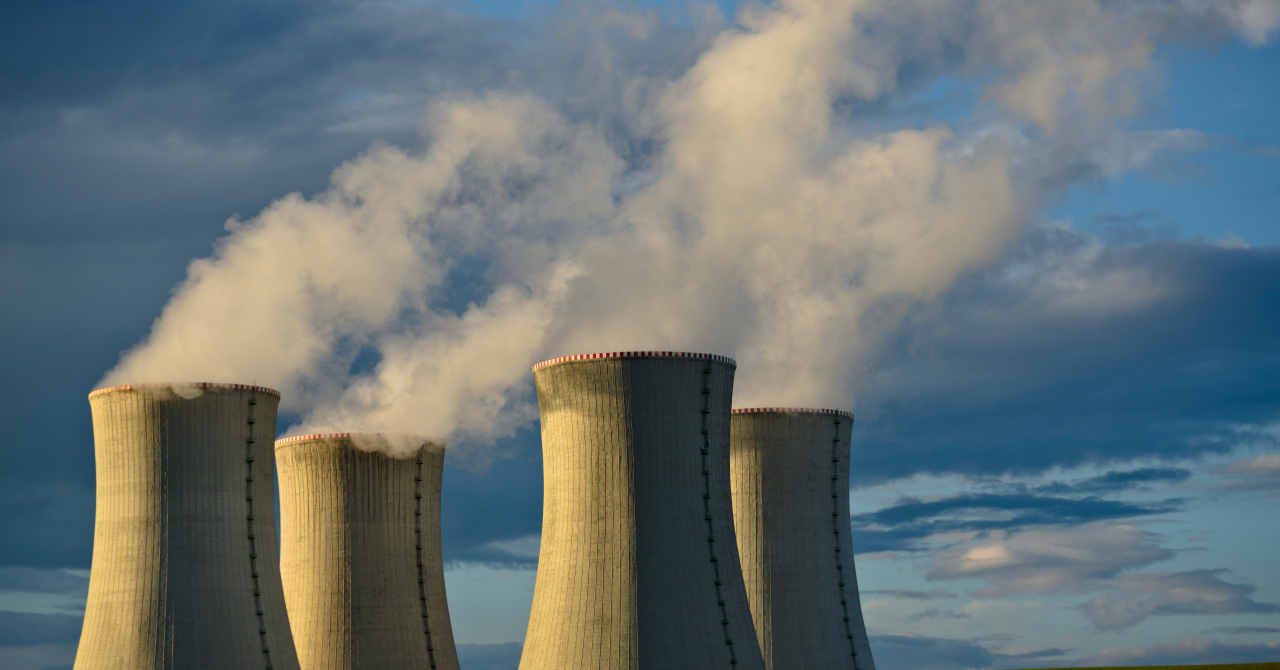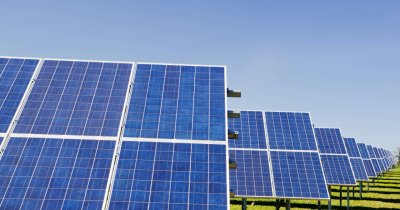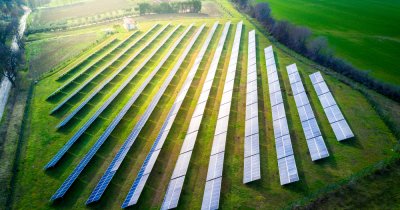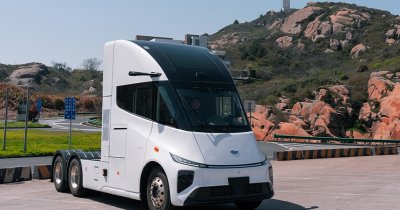According to Euronews.green, starting from 2030, annual nuclear capacity should grow by some 27 GW in order to achieve both energy security and our climate goals.
At the same time, about 63% of the active nuclear reactors worldwide, which make up for approximately 260 GW of power, are over 30 years old, which means they are near the end of their initial operation licenses.
The report also said that, although efforts have been conducted in previous years to extend the lifespan of some nuclear power plants, these power generation facilities could shrink by a third by 2030 in advanced economies.
Fatih Birol, Executive Director of the IEA, said that "in today’s context of the global energy crisis, skyrocketing fossil fuel prices, energy security challenges and ambitious climate commitments, I believe nuclear power has a unique opportunity to stage a comeback."
The world's great economies have some 70% of the worldwide nuclear power plants, but the big issue here is the fact that their fleets are getting old.
Investments in new nuclear projects have also stalled, the report says, so their construction fell behind schedule.
Since the beginning of 2017, 31 nuclear power plants were set to be built, and of those, 27 are made by China or Russia.
 Mihai - Cristian Ioniță
Mihai - Cristian Ioniță












Any thoughts?